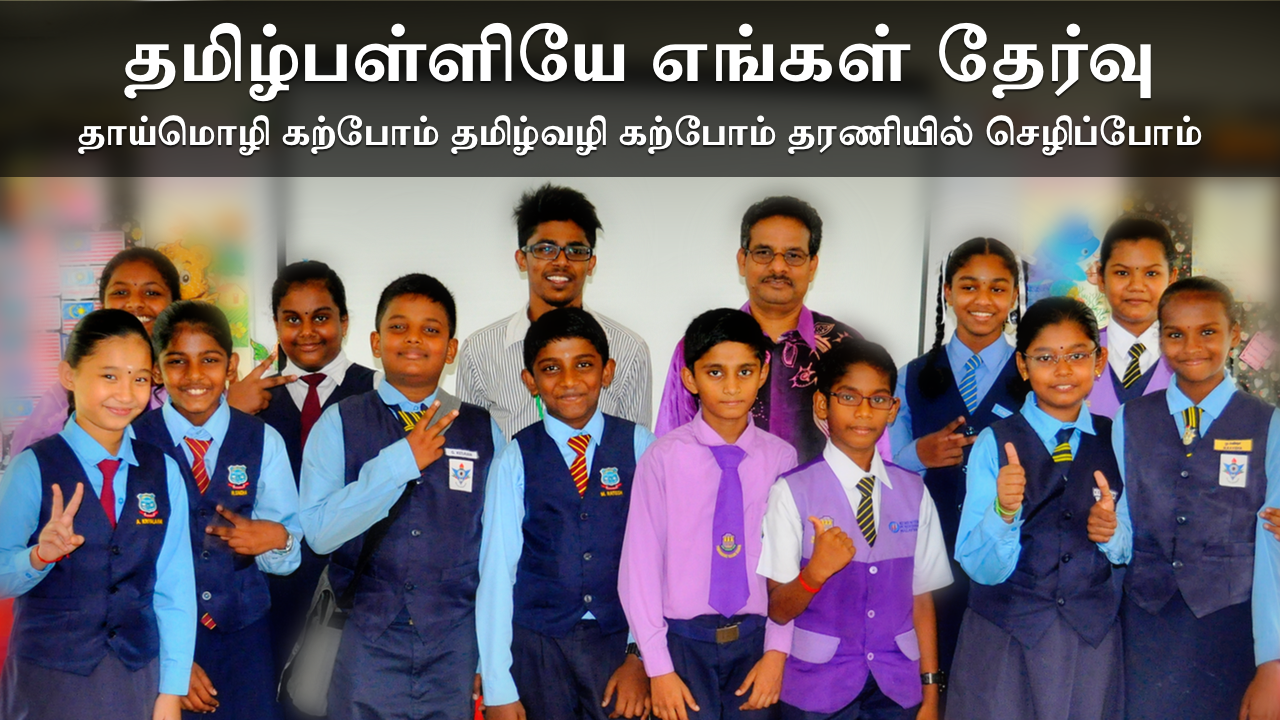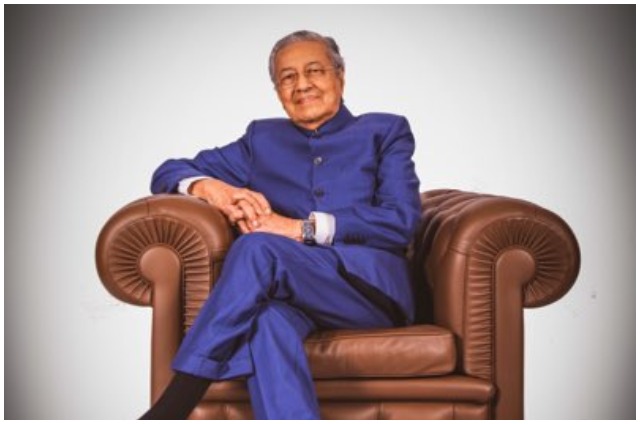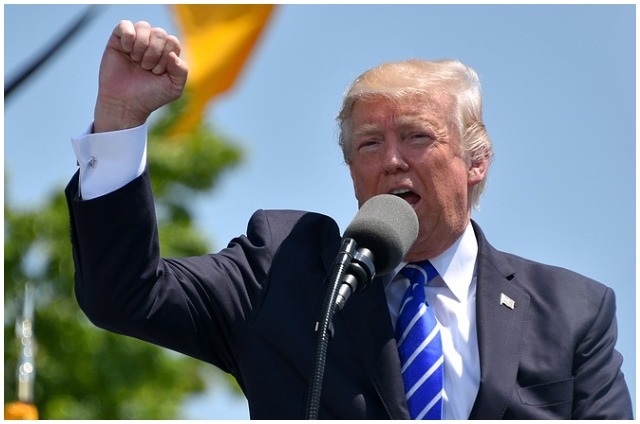

The system consists of a PanOptic Ophthalmoscope (a lighted instrument to examine the inside of the eye) and an adapter that attaches the ophthalmoscope to an iPhone to enable taking photos and videos.
It can image key structures of the back of the eye in a single view without necessarily requiring dilation drops. The associated app facilitates capture, storage and transfer of data. This also makes it possible for real-time tele-medicine consultation without violating patient identity as no external facial features are revealed.
“This system could be useful not only to ophthalmologists but also physicians, hospitals and general practitioners,” said lead researcher Jiaxi Ding from the Ross Eye Institute at University at Buffalo in the US.


Photography plays a critical role in documenting and tracking the progression of eye diseases. The results were shared at “AAO 2014” – the 118th annual meeting of the American Academy of Ophthalmology.
– INDIA TODAY







